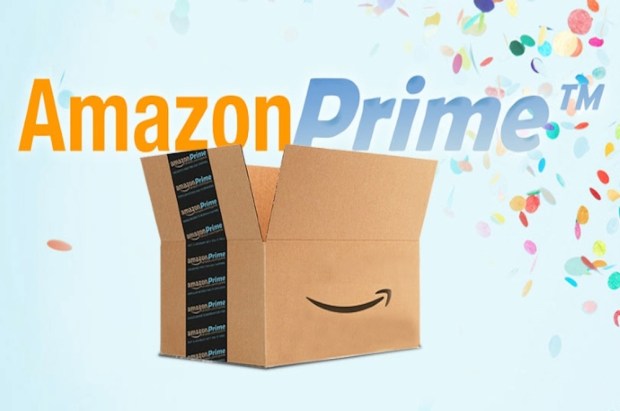Have We Already Seen Peak Amazon Prime?

There are rumblings that Amazon Prime may have already hit the upper limits of its growth potential.
According to analysis from Morgan Stanley, new enrollment in Amazon’s flagship membership program flattened out in 2017. Prime membership was up 14 percent between Q4 2015 and Q4 2016, with just over 4o percent of the 1,000 U.S. adults surveyed still counting themselves as Prime members.
All figures about Prime membership are estimates, of course, since Amazon does not release official numbers. Consumer Intelligence Research Partners estimates its penetration among U.S. consumers to be in the 90 million range, but Moody’s Investor Service analysts think that number is a “seriously overstated,” “highly improbable” and made “in the absence of any real guidance from the company itself.”
Amazon Prime shipping is by far the most important perk for the average member, keeping shoppers fiercely loyal to the platform. Some 82 percent of users said they would cancel if the free two-day shipping were discontinued, according to research released last month by behavioral marketing platform SmarterHQ — which means fast delivery is more important to subscribers than other ancilliary Prime services, including photo storage, music streaming and eBook privileges.
Notably, Morgan Stanley’s finding that Amazon has reached peak growth is not a universal sentiment. Matt Sargent, senior vice president of retail for Frank N. Magid Associates, believes Amazon Prime is only becoming more entrenched, particularly as older shoppers are joining in on the eCommerce revolution. According to reports, only about 31 percent of baby boomers have Prime accounts — as opposed to 58 percent of older millennials and 47 percent among young millennials.
“Older millennials are in the ideal life cycle (kids, jobs, etc.) where they need Prime, whereas younger millennials do not have as many of those life factors pushing [them] to Prime,” he said. “I don’t anticipate Prime growth to slow until these penetration rates are equal across age segments,” Sargent told Retail Dive. “I would be very surprised to see it stall out.”
Amazon is, of course, still pitching Prime to the people. Over the summer, in a bid to sign on lower-income consumers who can’t quite afford the standard fee, Amazon lowered the Prime fee for those on government assistance.
